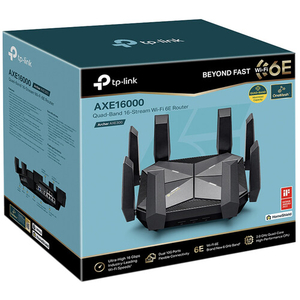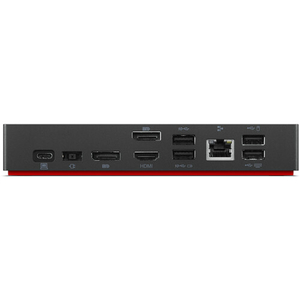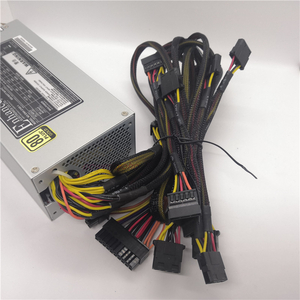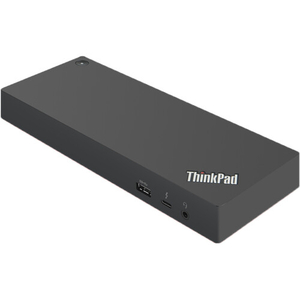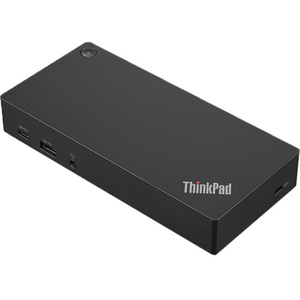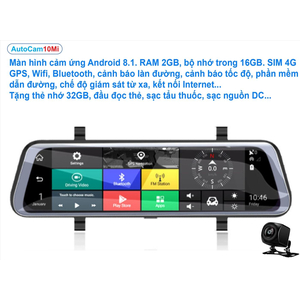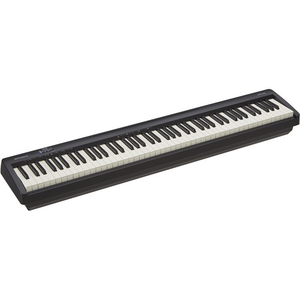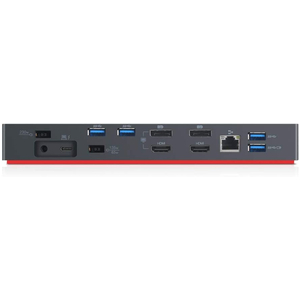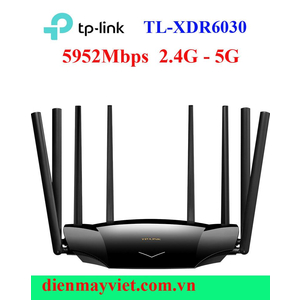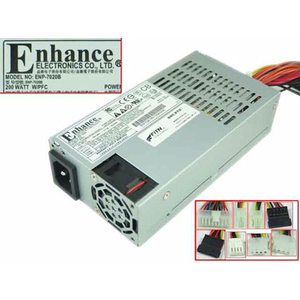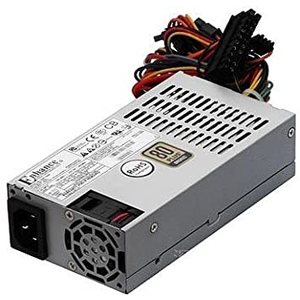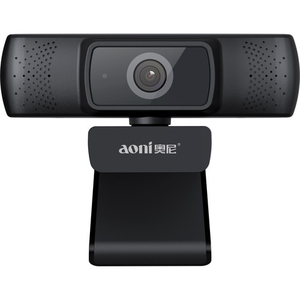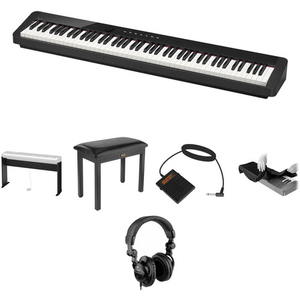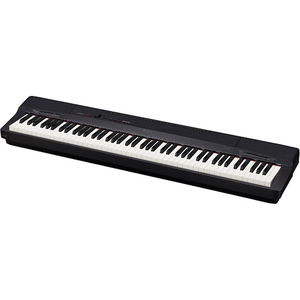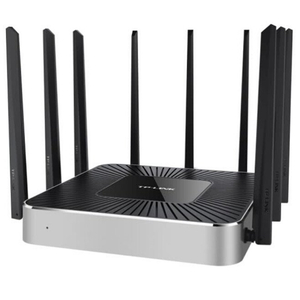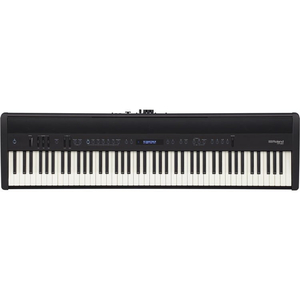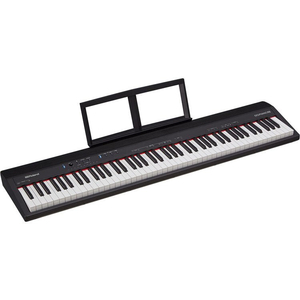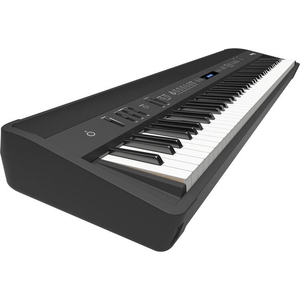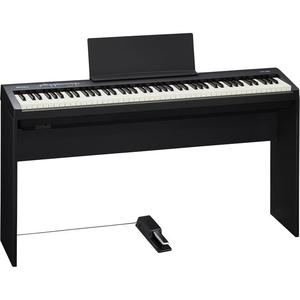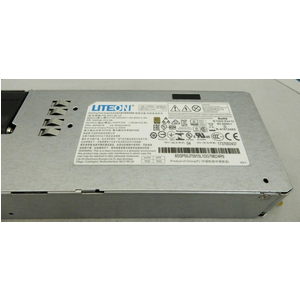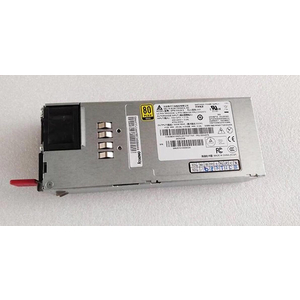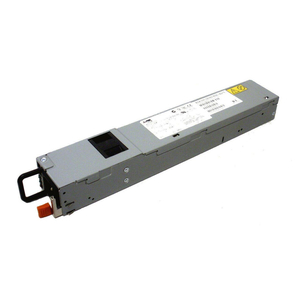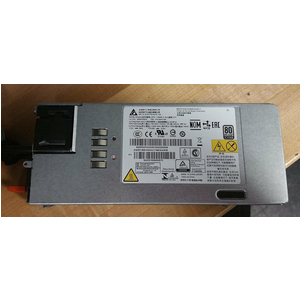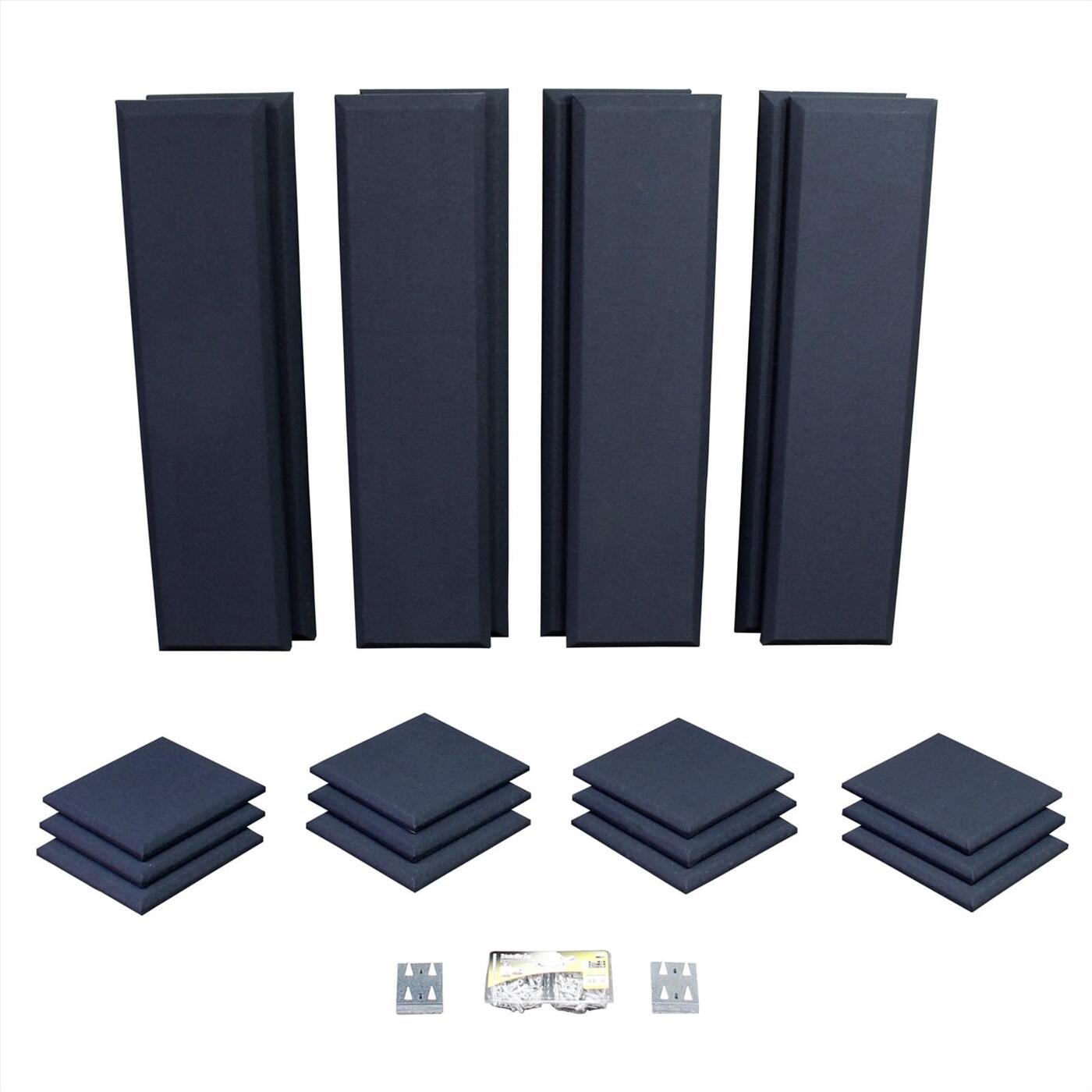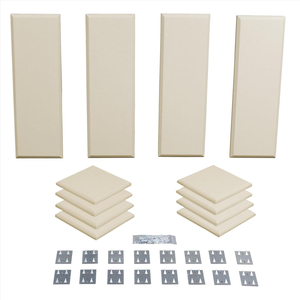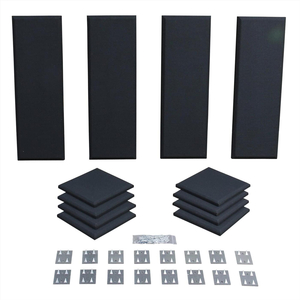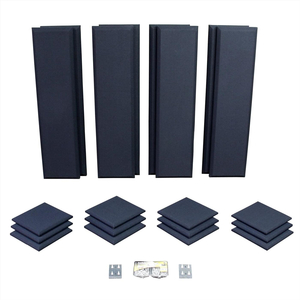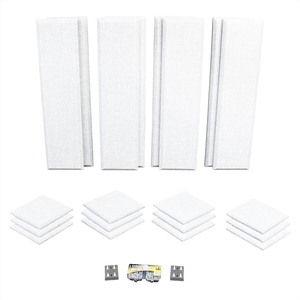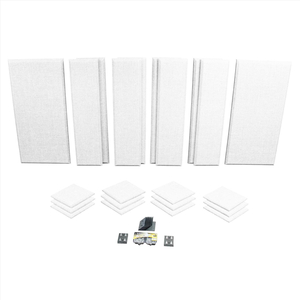>> Hướng dẫn đặt hàng trực tuyến
Giá có thể thay đổi chưa kịp cập nhật, xin vui lòng liên hệ trực tiếp để biết giá
Tên thiết bị: Primacoustic London 10 Studio Kit (Black)
Model: Primacoustic London 10 Studio Kit (Black)
Thương hiệu: Primacoustic London
Hình ảnh thiết bị như hình chụp
London 10 - Room Kit
The Broadway London 10 room kit is designed for rooms up to 120 ft2 (12m2), or can be combined with other products to treat larger spaces. Whether you are building a recording studio, home theater, or Boardroom, these easy-to-use kits are a perfect place to start.
The London 10 contains select Broadway panels that tackle problems affecting any room, such as primary reflections, flutter echo, and standing waves. In addition to acoustic panels, each London 10 room kit includes the corresponding mounting hardware and instructions for easy installation.
Broadway panels are made from high-density 6lb per cubic foot (96 kg/m³) fiberglass, offering nearly five times greater absorption than typical low cost foam alternatives. This means that you get more absorption with less panels, while assuring an even absorption curve throughout the frequency range. The London 10 room kit is available in black, beige or grey fabric or in Absolute White™ paintable finish.
Room Layouts:
8 x 10 ft. Studio Layout

10 x 12 ft. HiFi Layout

 |
||
| Scatter Blocks | Control Columns | |
| Qty | 12 | 8 |
| Size | 12″ x 12″ (305 x 305mm) |
12″ x 48″ (305 x 1219mm) |
| Thickness | 1″ (25mm) | 2″ (51mm) |
| Edge | Beveled | Beveled |
| Hardware | 28 Surface Impalers included for mounting. Drywall anchors and screws included. | |
Applications

Project Studio

2-Channel Audiophile

Home Theater
Absorption Coefficients

LONDON ROOM KITS SPECIFICATIONS
London room kits consist of select Broadway panels and mounting hardware. Acoustic panels are constructed of high density (6lbs/pcf) rigid glass wool with resin hardened edges. The edge treatment works in tandem with the micro-mesh to fully encapsulate and contain the glass fibers. The outer fabric covering is acoustically transparent polyester and available in three neutral colors for an architecturally attractive appearance.
Installation is easy with the included mounting hardware. We even supply the screws, drywall anchors and drill bit to get you started fast.
Broadway panels have been tested to meet stringent Class-A/1 fire ratings making them suitable for use in residential and commercial spaces.
| Core Material | Formed, semi rigid inorganic glass fibers |
| Density | 6.0 lbs. per cubic foot (96 kg/m3) |
| Fabric Facing | Acoustically transparent polyester tweed |
| Encapsulation | Micromesh on front and rear surface, resin treated edges |
| Absorption H2O | < 2% by weight @ 120°F (49°C), 95% relative humidity |
| Temperature | -20°F ~ 150°F (-29°C ~ 66°C) |
| Fire Rating | Class-A/1 (ASTM E 84 / CAN/UL-S102) |
| Mounting | Galvanized steel impalers, drywall anchors and screws |

HOW TO USE LONDON ROOM KITS
The London 12 is designed to accommodate rooms between 100sq-ft to 200sq-ft and installation is easy. Each kit comes complete with 22 panels, mounting impalers, wall anchors and screws. We even include the drill bit. Fasten the impalers to the wall using a couple of screws and simply hang Broadway panels in place, just like hanging a picture. No more messy glue or expensive wall clean-up! With your London 12, you can relocate your panels or add to your acoustic control as your needs change.
The London 12 is truly a remarkable kit in that the panel selection provides plenty of set-up options to address most room designs. This page is designed to help you achieve optimal panel placement even if your room has an odd shape.
There are however some rules of thumb when it comes to maximizing the acoustic performance of your room. This is a basic check list that will get you 90% there:
Establishing the listening position
The listening position is in fact the most important position in any studio control room. Because you will be spending countless hours in this seat, you really want to make sure it is comfortable and inspiring. For many, the studio is not just a recording studio… it is a creative place where one writes and is inspired. So make it comfortable. Truth is; a well written song is way more important than a well recorded one! So things like a view window outside may be more important than optimum acoustics. Only you can make this decision based on how you intend to use your room.
Avoid sitting in the center

If at all possible avoid having the listening position in the middle of the room. This is where all of the room modes intersect and will be the worst place to sit. Instead try to move the mix position forward or backwards to stay out of the mode-zone!
Set height to ear level

Panels should be positioned so that the center of the panel is roughly at ear height. The London 12 includes 48″ (1219mm) tall panels. For rooms with standard height walls, panels are usually placed at roughly 24″ (609mm) up from the floor for sitting (control room) and 40″ (1016mm) for standing (music studio). For rooms with longer walls, the height of panels will often be staggered in effort to spread out the acoustic treatment on the wall.
Think of stereo balance

In terms of acoustics, this means distance from nearby wall surfaces. As most recording is performed in stereo or with a stereo image in mind, placing your seating position where left and right walls are at equal distance, equal size, and have equal acoustic treatment will deliver a better stereo image.
Use natural diffusion

Odd shaped corners and book shelves provide natural diffusion which can help break up sound waves and reduce modal distortion. Try to use the room landscape to your advantage by positioning these behind you as this will aid in creating a LEDE room environment with diffusion at the rear of the room.
Focus panels on directivity

High frequencies are directional and beam like light from a flashlight. They also reflect off hard surfaces like light where the angle of incident equals the angle of reflection. Have a friend hold a mirror on the walls or draw out vectors from the loudspeaker to see if sound will reflect into the mix position. This will indicate where on the walls your panels should be placed for maximum efficiency.
Bass management is important

Walls, ceilings and floors act as waveguides. Low frequencies travel along these room boundaries and naturally accumulate in the corners. This is why acousticians tend to use corners to trap bass when ever possible and it is why the Broadway Broadband panels come with corner mounting hardware. If corners are limited, you can stack the two panels on top of each other or use the wall to ceiling joint. Although the Broadband bass traps take out bass, they also remove mid and high frequencies at the same time. Placing the corner traps at the front of the room can help increase the absorption in the ‘dead end’ for LEDE room designs.
So many sizes with one kit?

Yes, the London 12 is truly remarkable in that a single kit can work in so many rooms. One important reason for this is room size. Point being: as rooms get smaller, walls get closer to the listening position and the primary reflections will be louder. By increasing the panel density in the room, you are effectively attenuating their effect on the sweet spot. In larger rooms, sound travels further before it hits a wall boundary and then the sound must travel a distance before it reaches the sweet spot. With sound loosing 6dB every time the distance is doubled, primary reflections become less problematic.
Tuning your room
As with any studio, you have to get comfortable with your room. This takes time, patience and practice. This is why so many producers and engineers always use the same studios to record. They know what to expect and therefore are comfortable with the choices they make when they record.

The London 12 is a basic room kit that will help solve common room problems. Once it is installed, start by listening to CDs or recordings that you are familiar with. Then record some tracks and listen to them in your car, headphones, living room and in other spaces. You will quickly find out if your mixes translate well. As you test your room, this will no doubt lead you to reconsider the tonal balance of your loudspeakers and how loud you set your sub-woofer. Move around the room and listen. You can always reposition the Broadway panels if you feel the need.
Advanced room tuning
For most folks, the London 12 will provide more than ideal room acoustics. For others, it may be a starting point. This is the beauty of this design. Think of your London 12 studio kit as a modular system that can be expanded. Primacoustic offers a variety of specialty solutions designed to augment the performance of the room depending on the desired outcome.
The following are typical problems, causes and steps you can take for advanced room tuning.
| Problem | Cause | Solution |
|---|---|---|
| Bass is lacking in mix | Bass too loud in room Monitor lacks clarity in low end Room modes causing cancellation |
Turn down sub Add Recoil Stabilizers Add more bass traps |
| Mix to dry, lacking ambiance | Room is too lively | Add more acoustic treatment Consider adding diffusers |
| Low mids lack punch | Mode causing frequency bump Equalizing it out to compensate |
Add low mid treatment – Cumulus MaxTrap or FullTrap |
| Left right balance seems off | Mix position too lively Mix position not acoustically centered |
Check panel position with mirror Add more treatment Consider adding a Stratus Cloud |
| Bass booms in guest listening area | Modal distortion causing waves to add up | Add more bass trapping Consider MaxTrap or FullTrap |
| Bass lacking in guest listening area | Modal distortion causing cancellation | Add more bass trapping Consider MaxTrap or FullTrap |
LONDON ROOM KIT SCIENCE
The single most important goal when treating the acoustics in a room is to create a neutral listening space so that decisions made during the recording process will translate well to the car stereo, home entertainment system and on the radio.
Most residential or commercial rooms are rectangular with parallel walls. This means that these rooms will suffer from powerful first order reflections, flutter echo, standing waves and resonance. The good news is that since we know that these problems exist, we can predict what will occur and develop solutions to address each one.
Does this mean that with a London room kit you can turn a bedroom into a million dollar studio? No, this would be impossible. But what we can do is turn a bad sounding room into a very functional recording space that will enable you to get work done. This page explains how the London room kits work.

London 12 - A LEDE Room Variant
For the past 20 years, studio control room designs have evolved to where today, most employ variants of the LEDE or live-end, dead-end room concept whereby the source end of the room tends to have more treatment while the receive end of the room has less.
The ‘idea’ behind the design is that with more treatment at the source end of the room - where the primary left, right and center speakers are located - the engineer will be better equipped to make critical decisions such as spatial placement of the instruments, percussion, voices and effects in the mix. The rear or receive end of the room is intentionally left more ‘live’ to better replicate a ‘real’ listening environment such as a living room. The London 12 employs this same approach whereby the majority of the absorption is applied to the source of the room while the balance is positioned behind the listener.

Today, most studios employs a LEDE variant where absorption is more evenly distributed around the room. The London 12 employs 60% of the absorption at the source end.
Primary Reflections
Primary reflections are powerful reflections that echo off the nearby walls and ceiling that compete with the sound coming from the studio reference monitors. Since the sound reflecting off the walls will arrive slightly after the original sound, these will invariably conflict, causing phase cancellation. Because the effect happens at multiple frequencies, the resulting effect is known as comb-filtering.
The London 12 room kit comes with eight (8) Control Columns. These long panels measure 12"x48"x2" (30x122x5cm) and designed to be positioned at the source end of the room at ear level where primary reflections are most prevalent. By reducing the intensity of these reflections, one immediately enjoys a more defined listening space. Because the brain is no longer trying to discern what is ‘real’ versus what is reflected, it does not have to work so hard. This reduces ‘ear fatigue’ making recording easier.

Comb filtering gets it's name from how it displays on an oscilloscope.

Flutter Echo
Clap your hands in an empty room and you will hear a trailing echo as the sound ricochets off the walls, ceiling and floor. This is known as flutter echo or high frequency room chatter. It is particularly noticeable in rooms with parallel surfaces whereby it will echo from front-to-back, side-to-side and ceiling-to-floor. When a room is too lively, there is no way confidently introduce reverb or echo to the mix.
The London 12 solves the problem with 22 absorptive panels. These are strategically distributed around the room and bring the ambiance under control. Side-to-side flutter echo is subdued by the Control Columns while front-to-back problems are managed using the combination of Broadband Absorbers, Control Columns and Scatter Blocks.
Scatter Blocks are a series of 12”x12”x1" (30x30x2.5cm) panels that are typically distributed behind the listening position. Theses amazing devices play a critical role in a LEDE room design by randomly absorbing energy while allowing some of the energy to reflect back into the room to retain a sense of air and space. We call this effect Soft Diffusion™.

Soft Diffusion
The London 12 employs a variant of the LEDE room design whereby the source end of the room tends to be more absorptive while the receive end is left more lively. This creates a sense of air or space in the room which makes the room ‘feel’ more natural.
Broadway Scatter Blocks provide an effective alternative to the high cost of diffusers and produce an effect we call Soft Diffusion™. Twelve great looking 12”x12” (30x30cm) panels are strategically distributed at the receive end of the room to absorb some of the energy while allowing some of the acoustic energy to reflect back into the room. This helps control flutter echo and makes it easier to mix in spatial effects such as reverb and echo.

Bass Managment and Resonance
Since most rooms are either square or rectangular with parallel walls, sound will invariably echo from one parallel wall to another and echo right back again. At higher frequencies this is known as flutter echo. At lower frequencies, this is called a resonant frequency or a standing wave.
Each frequency has a wavelength and you can calculate the fundamental resonant frequencies in a room by taking the speed of sound (1130 ft/sec) and dividing it by the distance between parallel surfaces. For example: a 10’ x 12’ room with an 8’ ceiling will have resonant frequencies at 113Hz, 94Hz and 141Hz as these waves and their harmonics will perfectly fit inside the room and resonate. So in this room, not only will you have a resonant frequency at 113Hz, but you will have others at multiples such as 226Hz, 339Hz, 452Hz and so on.
These frequencies will resonate and depending on where you are sitting they may appear to sound louder. Unless treated, you will naturally reach for your equalizer to turn them down. Then, when you play the recording back in your car or at a friends place, you will find that these frequencies are missing. This is one of the reasons why bass management is so important: by reducing the resonance you are essentially creating a more neutral listening environment. And this is the huge advantage Broadway panels have over regular foam: the absorption is even and extends into the lower frequency region.

Room Modes
Studio owners often complain that their rooms may sound good at the mix position, but as they move around the room, the bass can sound boomy or completely lacking. This problem is caused by room modes. A room mode can be thought of as a place in a room where two low frequency sound waves collide.
When two waves collide ‘in phase’ (point A in the illustration) they will amplify each other creating a modal peak in the room response. When they collide 'out of phase' (point B), they create a modal null and will cancel each other out. Although room modes occur at all frequencies they are most audible in the bass range where they can severely affect the bass response of our room.
To address bass problems, the London 12 comes with two full sized 24”x48” (61x122cm) Broadway Broadband panels with special corner impalers that allow the panels to be corner mounted. This creates a 17” (43cm) deep air space behind the panel that will effectively absorb bass to 100Hz and below. By adding a bass trap, you will attenuate the low frequencies in the room and the modal interference will be reduced.


Comparing Foam to Glass-wool
Room resonance and modal distortion is most audible in the low frequencies where human hearing is most sensitive to phase problems. The lower mid-range region between 150Hz and 400Hz is often cited as the most troublesome as this tends to make the voice sound boxy or bass indistinct. This is where using higher quality acoustic panels will make a huge difference.
The London 12 employs premium Primacoustic Broadway panels. These have a more professional appearance than foam and they extend evenly down into the lower registers where low density foam cannot keep up. This is the primary reason broadcasters and professional studios use high density glass wool for acoustic treatment.

Adapting to Various Room Sizes
One of the London 12's most appealing attributes is it's scaleability or if you wish, its ability to be used in a wide range of room sizes. This is because sound energy naturally lowers in amplitude as it travels further from the source.
In smaller rooms, the walls are close and therefore cause powerful reflections. In larger rooms, the sound travels further. When it hits a boundary and reflects back, it contains less energy. we can therefore use less panels to control the reflections.
It is however important to note that the 'sound of a room' is a matter of personal preference. Some engineers prefer to mix in livelier rooms while some prefer a room with a greater level of control. With more control, you can detect minute differences in your mix while a room with moderate absorption will sound more natural when compared to a typical listening space.

Adding More to Your London Room Kit
One of the questions we get all the time is: if the London is so good, why do you guys build all of these other devices such as clouds, diffusers and high end bass traps? The answer is simple; creating the ideal recording environment is a matter of taste and preference.
Some engineers enjoy mixing in a relatively live environment while others prefer to mix in a darker, more controlled space. The London 12 is a great starting point. Keep in mind that it takes time to get use to recording in your room. This is why most top engineers always go back to the same studios: they know what to expect. They have become familiar with the room, how it sounds, where it falls short and what to listen for. This takes practice.
A good approach is to start by playing back familiar tracks and mixing them after the London 12 is in place. Then, take your mix out to the car and to friend’s places and listen. If you find that bass is lacking; you may need to turn your sub down or add more bass trapping. If your mix seems to be lacking ambiance, your room may be too ‘lively and you may need to add a few more Broadway panels or Stratus ceiling clouds.
This is all part of the normal process in tuning your room to suit your needs. Have fun!
Chúng tôi vận chuyển tận nơi trên toàn quốc, nhận hàng thanh toán tiền cho người giao hàng. Hà Nội nhận hàng trong ngày. Các tỉnh khác nhận hàng 1 -2 ngày
Liên hệ: 0946.112.556 - 0320.2.223.225 - 0320.3.841.496.
© Bản quyền thuộc về công ty TNHH VNM
www.dienmayviet.com.vn www.dienmayviet.vn
Nhà phân phối trên toàn lãnh thổ Việt Nam. Miễn phí vận chuyển tận nơi trên toàn quốc, nhận hàng thanh toán tiền
Thiết bị được phân phối bởi: Công ty TNHH MTV Phát Triển Công Nghệ Máy Tính VNM
Hotline: 0946.112.556 - 0320.2.223.225 - 0320.3.841.496
E-mail: Product.vnm@gmail.com
Yahoo online: vnm_colorvis_sale
Hàng chính hãng, Full box, new 100%
Công ty TNHH VNM. Nhà phân phối sản phẩm chính hãng
Pin laptop chính hãng, sạc laptop chính hãng, pin máy ảnh chính hãng, sạc máy ảnh chính hãng, pin máy quay chính hãng, sạc máy quay chính hãng. Vui lòng truy cập www.chinhhangpin.com hoặc www.pinoriginal.com
Website trực thuộc quản lý của công ty TNHH VNM:
www.dienmayviet.vn
www.dienmayviet.com.vn
www.chinhhangpin.com
www.pinoriginal.com





